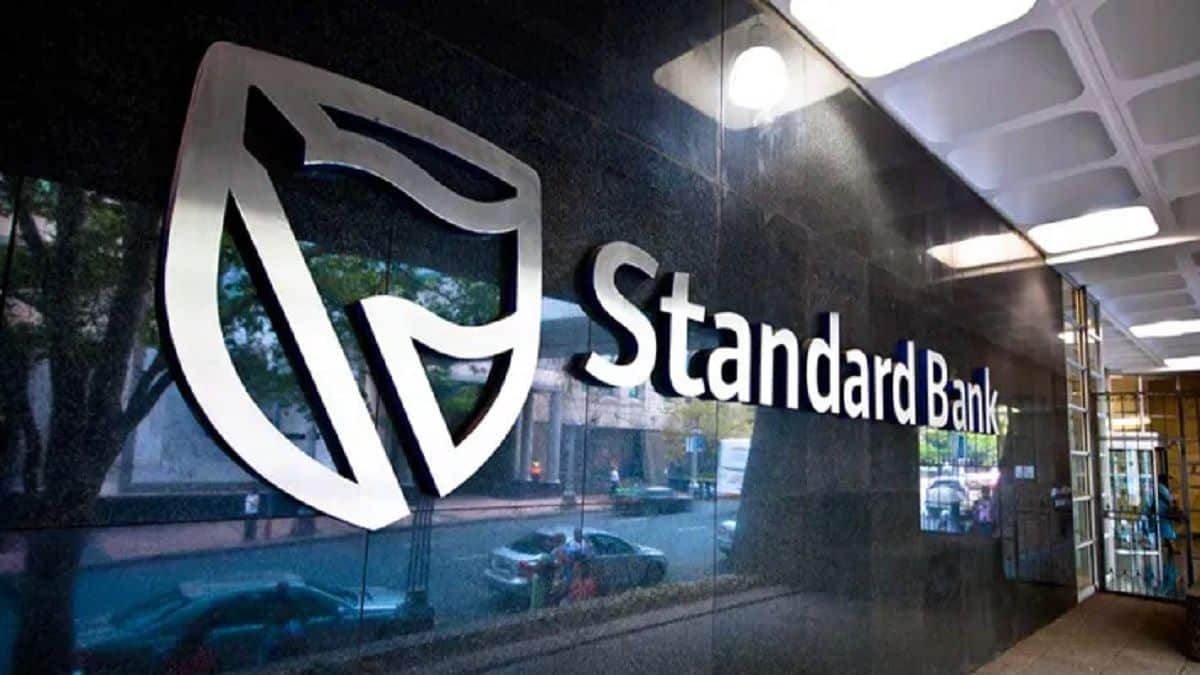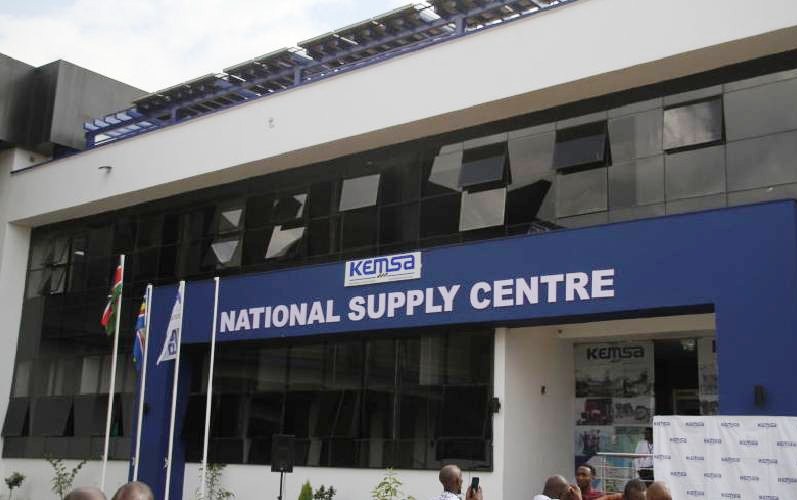If completed, the Stanbic–NCBA deal could trigger a fresh wave of mergers and acquisitions within Kenya’s banking industry. Analysts say this would be partly driven by the new core capital requirements introduced by the Central Bank of Kenya (CBK) under the Business Laws (Amendment) Act, 2024
By TWV Business Desk
South Africa’s Standard Bank Group, which owns a 75 per cent stake in Kenya’s Stanbic Holdings, is reportedly in talks to acquire NCBA Group, in a move that could create the third-largest bank in the country.
According to Bloomberg News, the discussions are still at a preliminary stage, and both parties have declined to comment publicly on the matter. People familiar with the negotiations, however, say the potential deal underscores the growing interest by multinational lenders in Kenya’s robust financial sector.
NCBA Group itself was formed through a 2019 merger between NIC Bank and Commercial Bank of Africa (CBA), a transaction that brought together shareholders linked to the Kenyatta and Ndegwa families. The merger positioned NCBA among the top five banks in the region. As of June 2025, NCBA reported assets worth KSh 663 billion and customer deposits of KSh 497 billion, according to its financial statements for the first half of the year. The lender also expanded its footprint to 122 branches across East Africa, with Kenya surpassing the 100-branch mark following the opening of its Nord Ruiru branch.
Stanbic Bank Kenya, on its part, recorded KSh 473.7 billion in assets and KSh 329.6 billion in customer deposits over the same period. The bank is a subsidiary of Standard Bank Group, Africa’s largest lender by assets, headquartered in Johannesburg.
A merger between Stanbic and NCBA would therefore create a financial powerhouse with an estimated asset base exceeding KSh 1.1 trillion, positioning it just behind KCB Group and Equity Group Holdings.
KCB Group, currently Kenya’s largest bank, posted customer deposits worth KSh 1.49 trillion and assets valued at KSh 2 trillion, figures bolstered by its acquisition of National Bank of Kenya (NBK). Equity Group, meanwhile, reported assets of KSh 1.8 trillion and customer deposits of KSh 1.32 trillion.
If completed, the Stanbic–NCBA deal could trigger a fresh wave of mergers and acquisitions within Kenya’s banking industry. Analysts say this would be partly driven by the new core capital requirements introduced by the Central Bank of Kenya (CBK) under the Business Laws (Amendment) Act, 2024.
The law requires banks to raise their minimum core capital from KSh 1 billion to KSh 10 billion over the next three years, implemented in three phases: KSh 3 billion by 2025, KSh 6 billion by 2026, and KSh 10 billion by 2027.
While Stanbic already exceeds the threshold, with a core capital of KSh 61.5 billion as of September 2024, its management has consistently signalled interest in strategic acquisitions to cement its position as a Tier I lender in Kenya’s competitive market. If successful, the merger could reshape the country’s banking hierarchy and intensify competition for retail and corporate customers alike.





